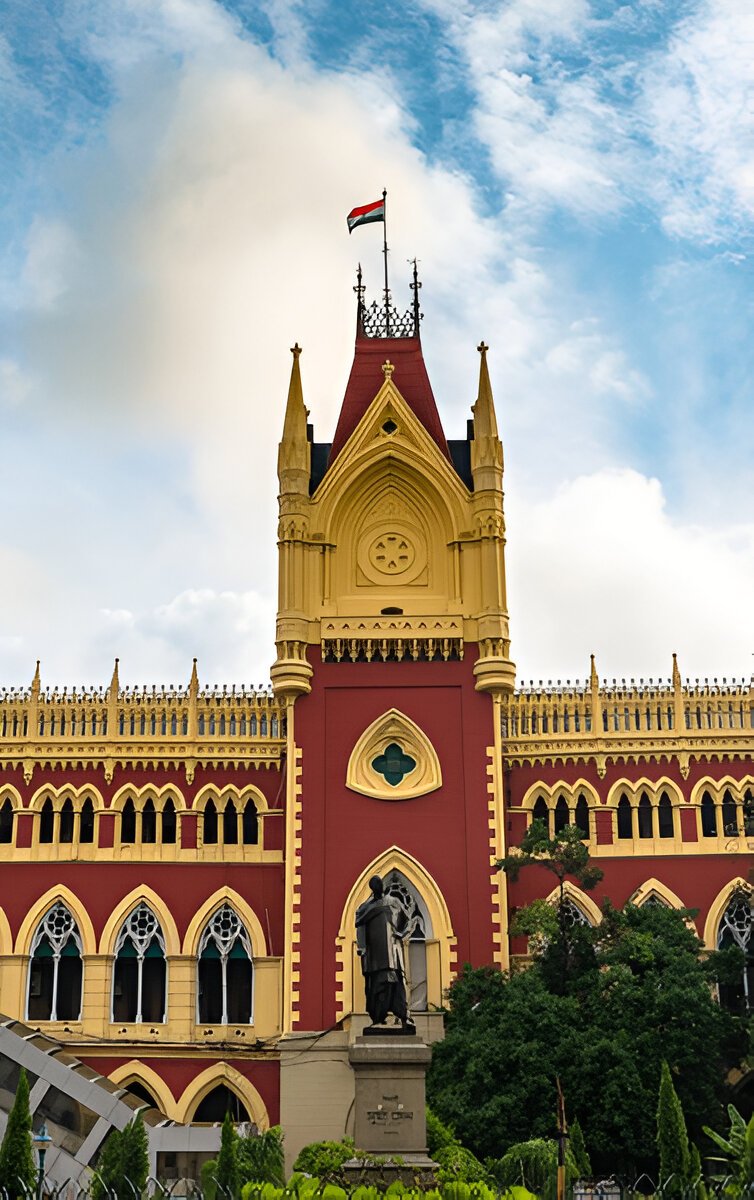The recent transfer of Justice Dinesh Kumar Sharma from the Delhi High Court to the Calcutta High Court has sparked a significant protest among the legal fraternity in Kolkata. Several lawyers’ associations, including the Calcutta High Court Bar Association, the Bar Library Club, and the Incorporated Law Society of Calcutta, have voiced their strong opposition, citing “serious allegations of impropriety” against Justice Sharma. The issue raises important questions about judicial transparency, the independence of the judiciary, and the process of judicial transfers in India.
Facts of the Case
On March 29, 2025, Calcutta HC lawyers opposed Justice Sharma’s transfer, citing serious complaints. On April 1, 2025, the Centre confirmed the transfer via Gazette Notification. Lawyers abstained from proceedings in protest, urging the HC Chief Justice not to assign him work. Protests escalated amid concerns over another judge, Justice Yashwant Varma, linked to unaccounted cash.
Legal Provisions:
- Article 222 of the Indian Constitution:
- Provides for the transfer of High Court judges by the President after consultation with the Chief Justice of India.
- Judicial transfers are often recommended by the Supreme Court Collegium, but must be justified with transparency.
- Judicial Transfers and Supreme Court Judgments:
- S.P. Gupta v. Union of India (1981): Affirmed that judicial transfers should be based on public interest and judicial independence, not as a form of punishment.
- Second Judges’ Case (1993): Established that the CJI’s opinion in judicial transfers must have primacy, although it should be backed by valid reasoning.
- Third Judges’ Case (1998): Reaffirmed that collegium recommendations are binding, but transfers must not compromise judicial integrity.
- The Bar Associations’ Right to Protest:
- Under Article 19(1)(a) of the Constitution, lawyers have the right to freedom of speech and expression to voice concerns against judicial decisions affecting transparency and accountability.
- The Supreme Court in A.K. Roy v. Union of India (1982) recognized that lawyers, as officers of the court, play a key role in ensuring justice and public confidence in the judiciary.
Concerns Raised by the Legal Fraternity
- Lack of Transparency in Judicial Transfers:
- The associations argue that serious allegations against Justice Sharma were not publicly disclosed.
- The opacity in the decision-making process raises concerns about the credibility of judicial appointments and transfers.
- Impact on Judicial Independence:
- If a judge facing allegations is transferred rather than investigated, it undermines judicial integrity and public confidence.
- The transfer of allegedly “tainted” judges to other High Courts may be seen as a cover-up rather than accountability.
- Disruption of Judicial Proceedings:
- With over two lakh pending cases in the Calcutta High Court, protests and boycotts further delay justice for litigants.
- The associations claim the transfer amounts to treating the Calcutta High Court as a “dumping ground” for judges facing allegations.
Potential Legal Remedies
- Judicial Review of Transfers:
- Lawyers may challenge the transfer through a writ petition under Article 226 or Article 32, arguing that the decision lacks transparency and is arbitrary.
- The Supreme Court could direct a disclosure of reasons for the transfer, ensuring compliance with natural justice principles.
- Reconsideration by the Collegium:
- The Supreme Court Collegium could review the concerns raised by the Bar Associations and, if warranted, revoke or revise the transfer order.
- Independent Inquiry:
- The legal community may demand an independent inquiry into allegations against Justice Sharma, rather than allowing a mere transfer to close the issue.
Conclusion
The protest against Justice Dinesh Kumar Sharma’s transfer highlights critical concerns regarding judicial accountability, transparency, and the integrity of the transfer system. While the government and judiciary have the authority to transfer judges, it is essential that these decisions adhere to constitutional principles and maintain public confidence in the judiciary. The legal fraternity’s resistance reflects the need for a reform in judicial transfer policies to ensure that the process remains fair, transparent, and free from suspicion.

